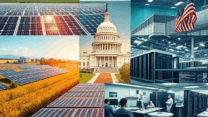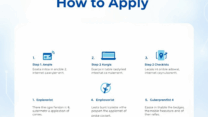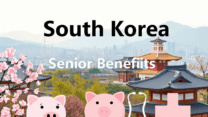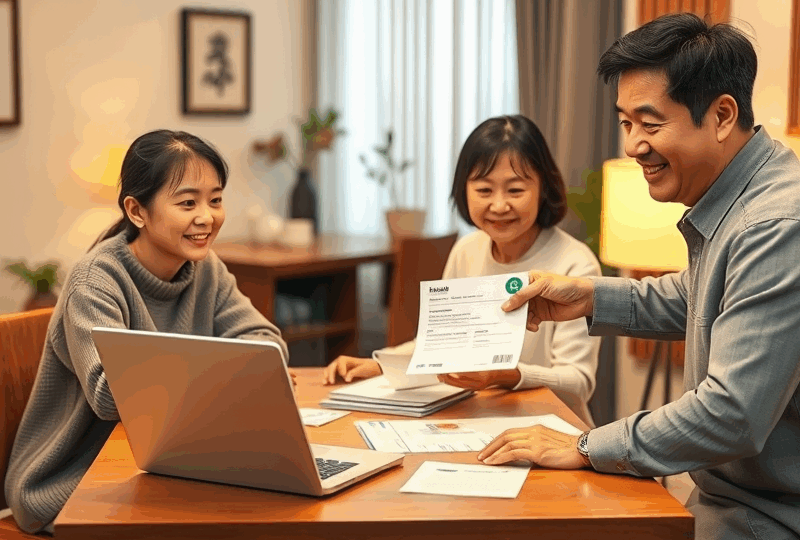
Government Disaster Relief Funds in Korea: What Support Can You Get?
Universal Emergency Relief Funds for Citizens
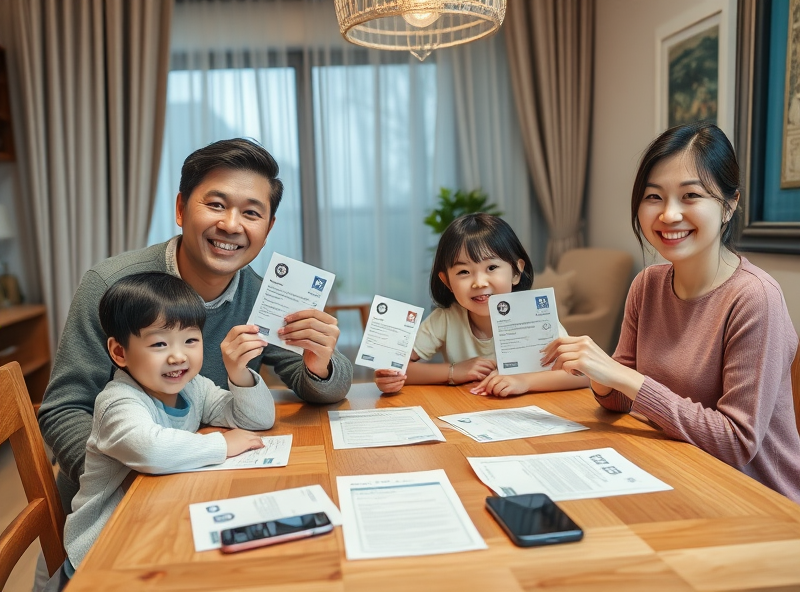
In South Korea, universal emergency relief funds are government-provided financial aids distributed to citizens during times of national crisis, such as pandemics or natural disasters. These funds are designed to offer immediate economic support, ensuring that all residents—regardless of income level—can maintain basic living standards during emergencies.
The most notable example is the COVID-19 emergency relief fund distributed in 2020. Every household received a cash payment, with the amount varying based on the number of family members. This initiative helped stimulate the local economy and provided a safety net for millions of people facing sudden income loss.
To receive such funds, eligibility is usually based on residency and registration in the national health insurance system. Funds are often disbursed through local governments and can be used for essential purchases like groceries, utilities, and healthcare. Some funds are provided as direct cash transfers, while others are distributed via prepaid cards or digital vouchers.
It’s important to stay informed through official channels like the Ministry of the Interior and Safety (MOIS) or your local district office. These platforms provide real-time updates on eligibility, application procedures, and deadlines.
For more information, you can visit the official MOIS website: https://www.mois.go.kr/eng/
Understanding how these universal relief funds work can help you prepare better for future emergencies and ensure you receive the support you’re entitled to.
Targeted Financial Aid for Workers and Small Businesses
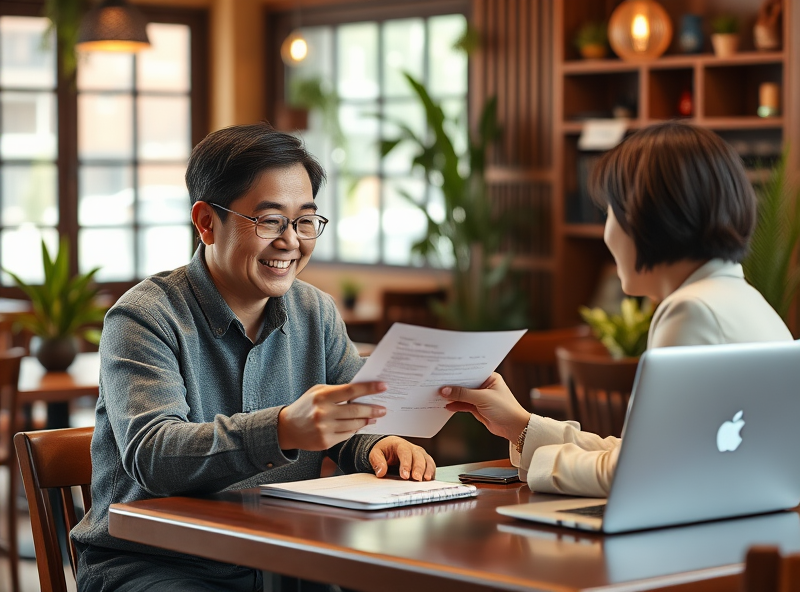
In South Korea, the government has implemented a variety of targeted financial aid programs to support workers and small businesses affected by economic disruptions, including natural disasters and pandemics. These programs are designed to provide immediate relief and long-term recovery assistance, ensuring that the most vulnerable sectors of the economy can stay afloat during challenging times.
For workers, especially those in non-regular or freelance positions, the government offers emergency employment stabilization subsidies. These include direct cash support, job retention incentives for employers, and retraining programs to help individuals transition into more stable employment. The ‘Emergency Employment Security Program’ (고용안정지원금) is one such initiative, providing monthly stipends to eligible workers who have lost income due to unforeseen events.
Small businesses, which form the backbone of the Korean economy, can access various relief measures such as low-interest loans, rent subsidies, and tax deferrals. The Ministry of SMEs and Startups (중소벤처기업부) frequently updates its support packages, including the ‘Hope Recovery Fund’ (희망회복자금), which offers tiered financial aid based on the severity of business impact. These funds are especially helpful for sectors like hospitality, retail, and personal services, which are often hit hardest during crises.
To apply for these programs, individuals and business owners can visit the official government portal (https://www.gov.kr) or the websites of relevant ministries. It’s important to check eligibility criteria and application deadlines, as they may vary depending on the specific program and region.
These targeted financial aids not only provide a safety net during emergencies but also promote economic resilience by helping people and businesses recover faster and more sustainably.
Living and Medical Assistance During Quarantine
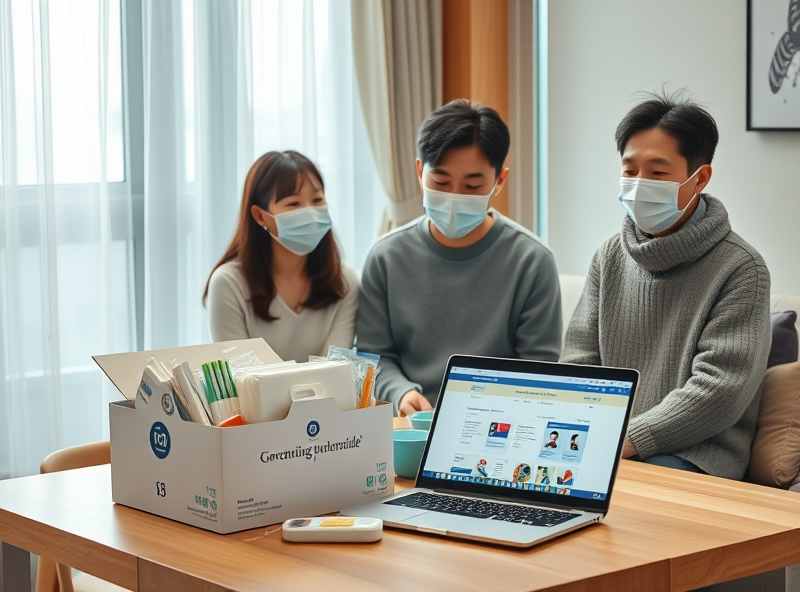
If you’re quarantined in Korea due to COVID-19 or other infectious diseases, the government provides essential support to help you get through the isolation period safely and comfortably. This includes both living expenses and medical assistance to ensure that your health and daily needs are taken care of.
For individuals under mandatory quarantine, the Korean government offers a one-time living support fund. As of the latest guidelines, eligible households can receive up to 454,900 KRW for a single-person household, with additional amounts for each extra household member. This financial aid is designed to help cover basic living costs such as food and utilities during the quarantine period.
In addition to financial support, Korea also provides medical assistance. If you test positive for COVID-19 and require treatment, the government covers the full cost of medical care, including hospitalization, medication, and diagnostic tests. For those isolating at home, health monitoring is conducted through local health centers, and medical kits (including thermometers, masks, and sanitizers) may be provided.
To apply for the living support fund, you need to contact your local district office (gu-office) after completing your quarantine. Required documents typically include proof of quarantine, identification, and a bank account for fund transfer. Note that eligibility and the amount may vary depending on current government policies and the type of quarantine (self-quarantine vs. facility quarantine).
For the most accurate and updated information, you can refer to the official Ministry of Health and Welfare page: https://www.kdca.go.kr/contents.es?mid=a21111050400
These support measures are in place to reduce the burden on individuals and families during health crises, ensuring that no one is left behind due to financial or medical constraints.
Housing and Property Repair Support After Disasters
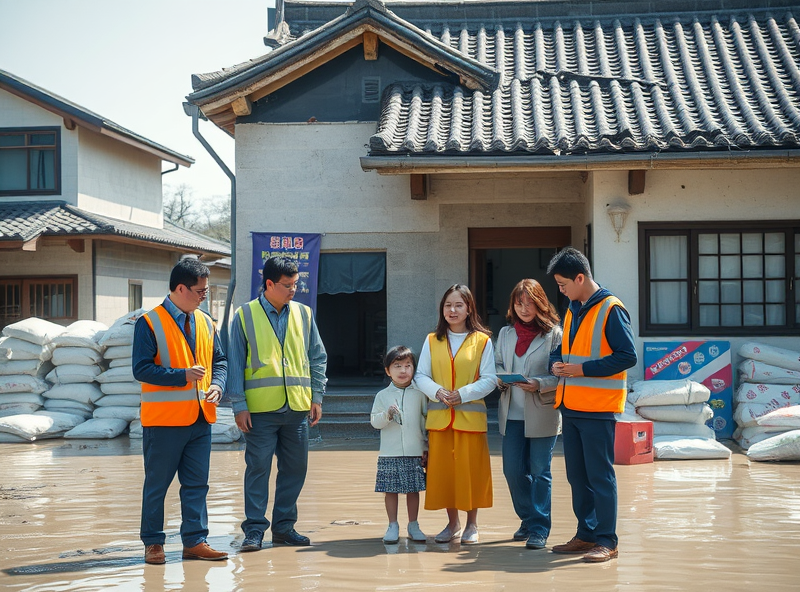
When a natural disaster strikes in Korea—whether it’s a typhoon, flood, or earthquake—many households face severe damage to their homes and properties. Fortunately, the Korean government provides structured support to help affected citizens recover and rebuild.
The Ministry of the Interior and Safety (MOIS) oversees disaster relief efforts, including housing repair assistance. If your home is partially or completely destroyed, you may be eligible for financial aid to cover repair or reconstruction costs. The amount of support depends on the extent of the damage, which is assessed by local government officials.
For example, as of 2024, if your house is completely destroyed, you may receive up to 13 million KRW for reconstruction. Partial damage may qualify for smaller amounts, typically ranging from 1 to 6 million KRW. Additionally, if you need temporary housing, the government may offer public rental housing or temporary shelters.
To apply, you should report the damage to your local district office (gu-office) within 10 days of the disaster. An on-site inspection will follow, and based on the results, the appropriate support will be allocated. It’s important to keep all related documents, such as photos of the damage and repair estimates, to streamline the process.
Moreover, if your property is insured under the national disaster insurance program, you may receive additional compensation. It’s a good idea to check with your local government or visit the MOIS website for the most updated information and eligibility criteria.
For more details, you can refer to the official Ministry of the Interior and Safety disaster relief page: https://www.mois.go.kr/eng/sub/a03/disasterRelief/screen.do


